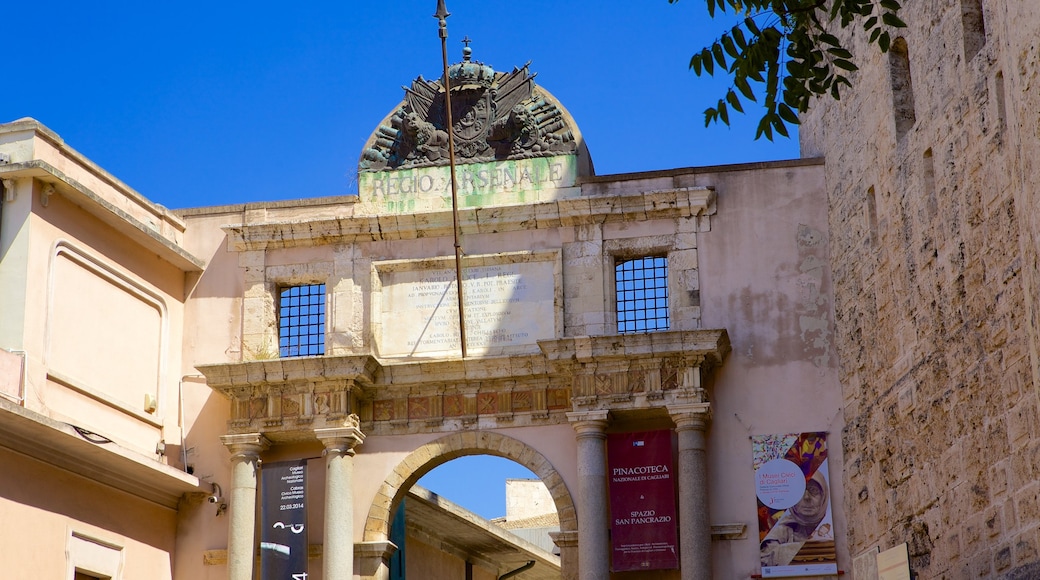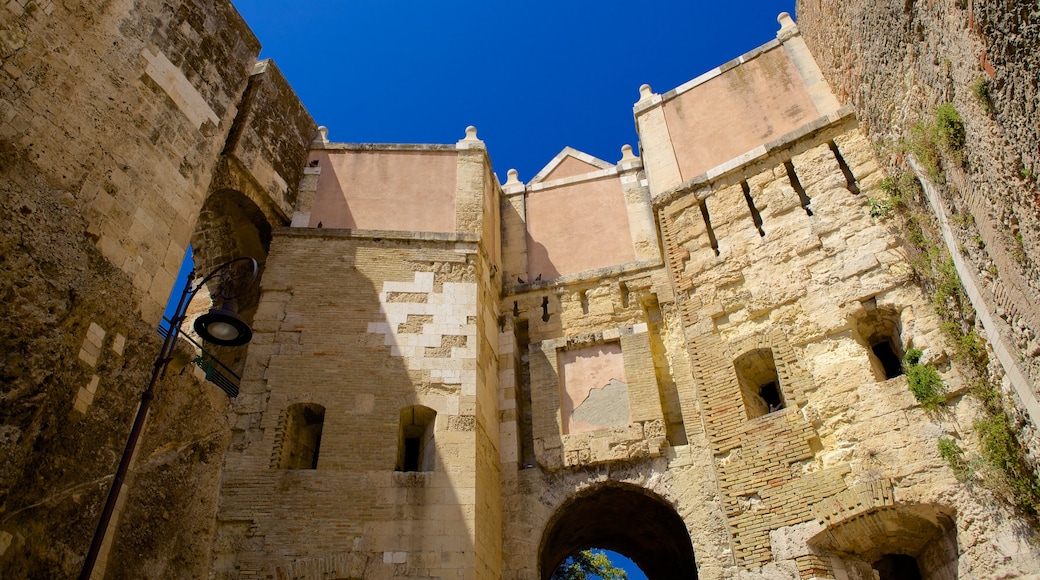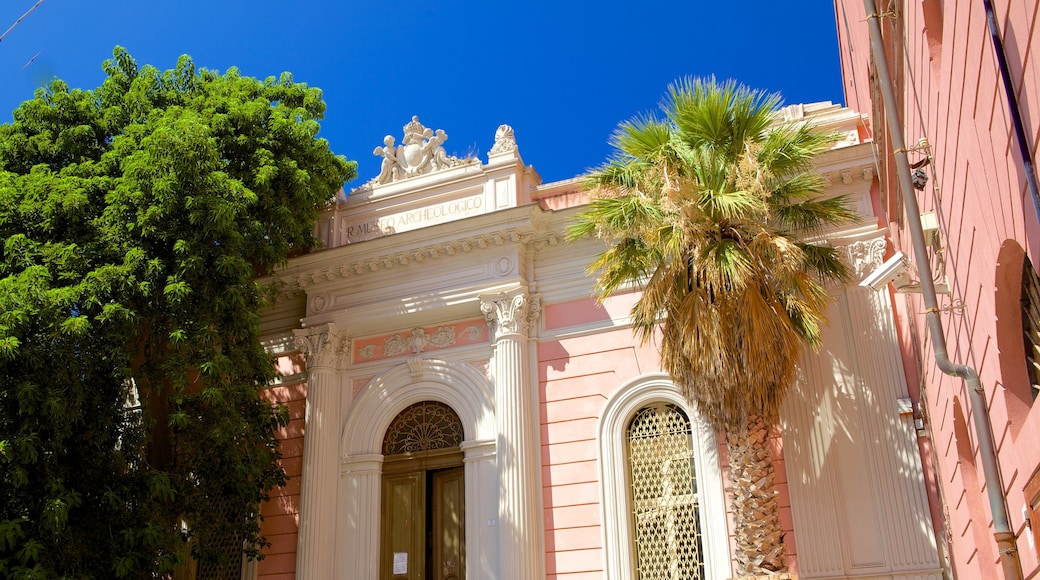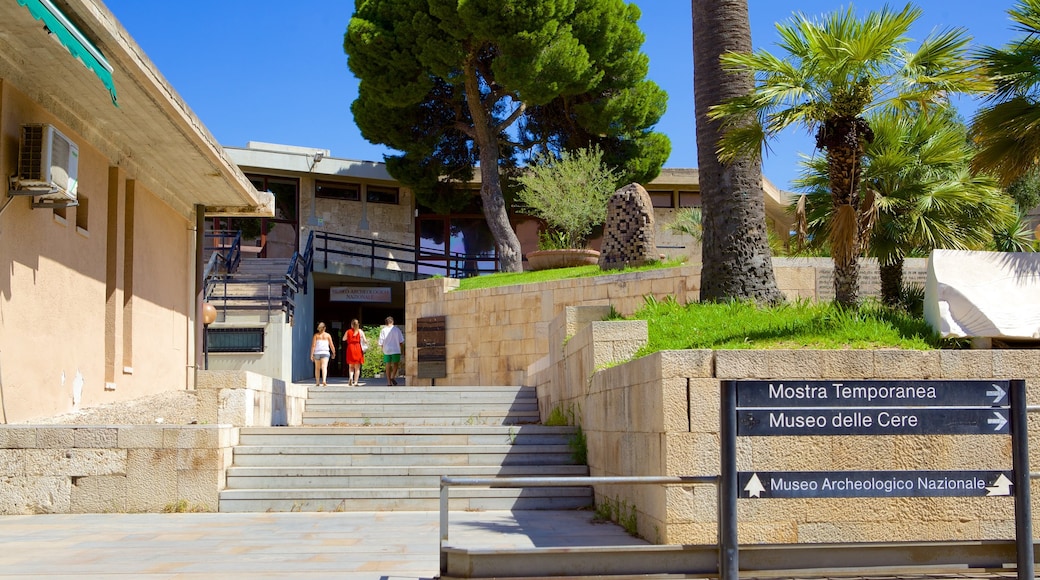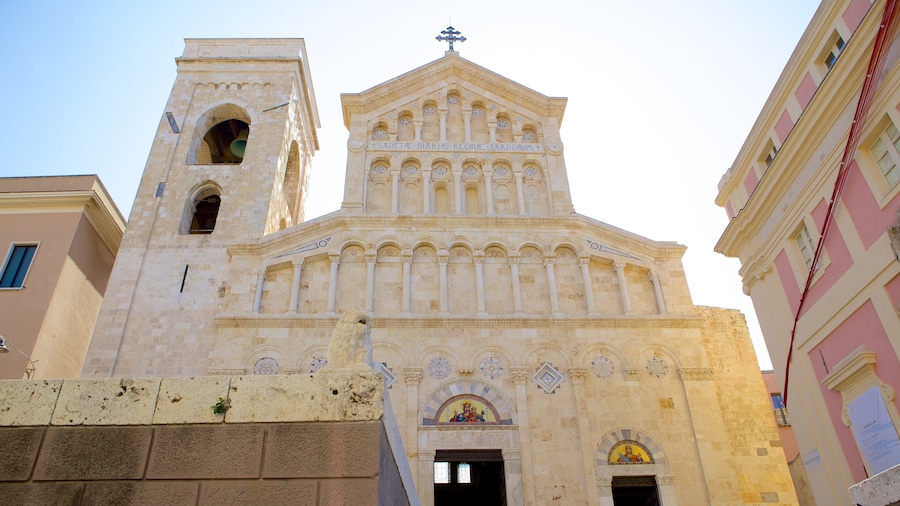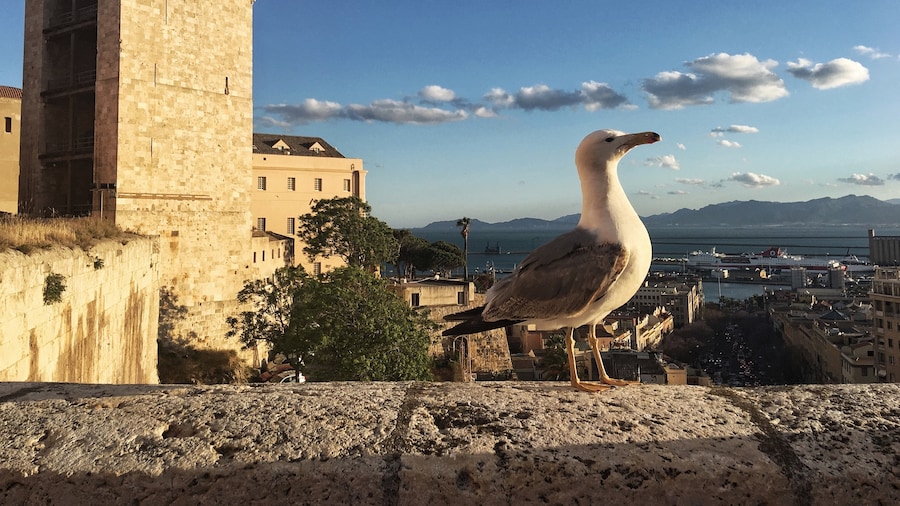Learn about Sardinia’s history, from the pre-Nuragic period to the Middle Ages when you visit the Museo Archeologico Nazionale. The museum has a vast collection of relics from the provinces of Cagliari and Oristano, and is home to the Nora Stone. This features Sardinia’s oldest Phoenician inscription, which dates back to the ninth century B.C.
Give yourself plenty of time to explore four floors of exhibits. The upper floors feature relics from some of the island's most important archeological sites. See Bronze Age material found in rock shelters and look for the stone statuettes of female gods. Study tools and works of art from several prehistoric eras. Go to the Bonu Ighinu exhibit for the well preserved ceramics, which are approximately 6,000 years old.
At the Nuragic collection, examine the small bronze statues depicting such characters as tribal leaders and warriors. From these, you can see that their soldiers wore helmets with horns. Learn about the customs of prehistoric people through their works of art.
Get a closer glimpse of the Nora Stone. The tablet was found in Nora in 1773, the site of Sardinia's first Phoenician town. It references a military victory and the conquest of Nora.
See evidence of mass production practices adopted by ancient Sardinians. The museum has molds used to make axes, which were then sold across the Mediterranean region. Among the other exhibits worthy of attention is the collection of jewellery from Byzantine and Punic eras.
The Museo Archeologico Nazionale is in the historic centre of Cagliari. The Roman Amphitheatre, the San Pancrazio Tower and many other historic structures are just a short walk from the building. Take a bus to the Piazza Arsenale, which is right next door.
The museum is open every day except Mondays and admission charges apply. Children under the age of 18 and persons over 65 years old have nothing to pay to get in.
